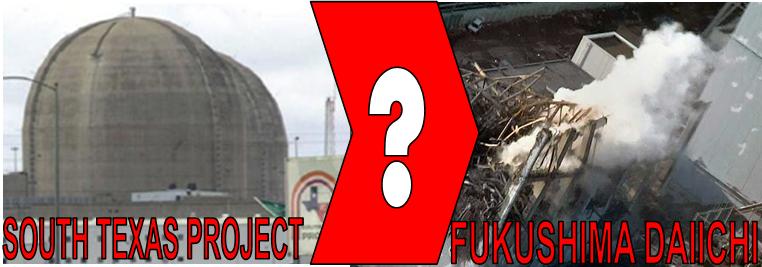Americans tend to think of climate change as a ‘down the road’ future phenomenon. But the fact of the matter is that although the world isn’t coming to an end tomorrow, we are being impacted by climate change, and much more than we may think. We may feel like we don’t know anyone dealing with the repercussions of climate change, but the effects are closer than we think. In fact, think of that cattle ranch down the road, it’s probably dealing with the effects of climate change, like drought, and extreme heat waves, and most of us don’t even know it.
Climate change can affect livestock, especially here in Texas, aka the cattle country. This occurs principally through variations in appetite, and distribution in energy between maintenance and growth. The potential for disease incidence becomes increased as well. Does this become worth the cost for those who raise cattle? Speaking from personal experience, I can tell you that it is not.
My family has owned a working cattle ranch for as long as I can remember. The cattle were left to openly graze through the pastures and wander about the ranch, to the fishing pond and beyond. I can remember countless times driving in only to be stopped by a cow standing blatantly in the middle of the road munching on some mesquite. A few months ago, the decision was made to slowly get rid of the cattle on the ranch. Why you ask? For one, the expense it costs to maintain such a production is becoming more than the profit. The cattle are eating everything in sight, not allowing the wild game to acquire enough to eat to reach their full mass potential. This essentially decreases the amount of hunting leases the ranch receives, since the game isn’t at its full potential, size wise. As long as the cows continue to eat, they’ll also continue to erode everything in sight, especially since they’ve been grazing for so long out in the pastures. And specifically speaking of extreme heat waves, I can remember a few times in my lifetime when we’ve had cows die right in the pastures as a result of the brutal Texas heat. That seems to be a pretty clear indicator of the serious catastrophic risks that the effects of warming have on the hard-working cattle ranchers. Continue Reading »





 By far, the most positive thing I’ve seen here was SXSW had a panel organized on the fly- all about how to help Japan. I knew we were discussing it in different places, but in less than 48 hours from tragedy striking, there were some of the best minds in tech and thought leaders from various industries working together to make disaster relief a priority:
By far, the most positive thing I’ve seen here was SXSW had a panel organized on the fly- all about how to help Japan. I knew we were discussing it in different places, but in less than 48 hours from tragedy striking, there were some of the best minds in tech and thought leaders from various industries working together to make disaster relief a priority: 

